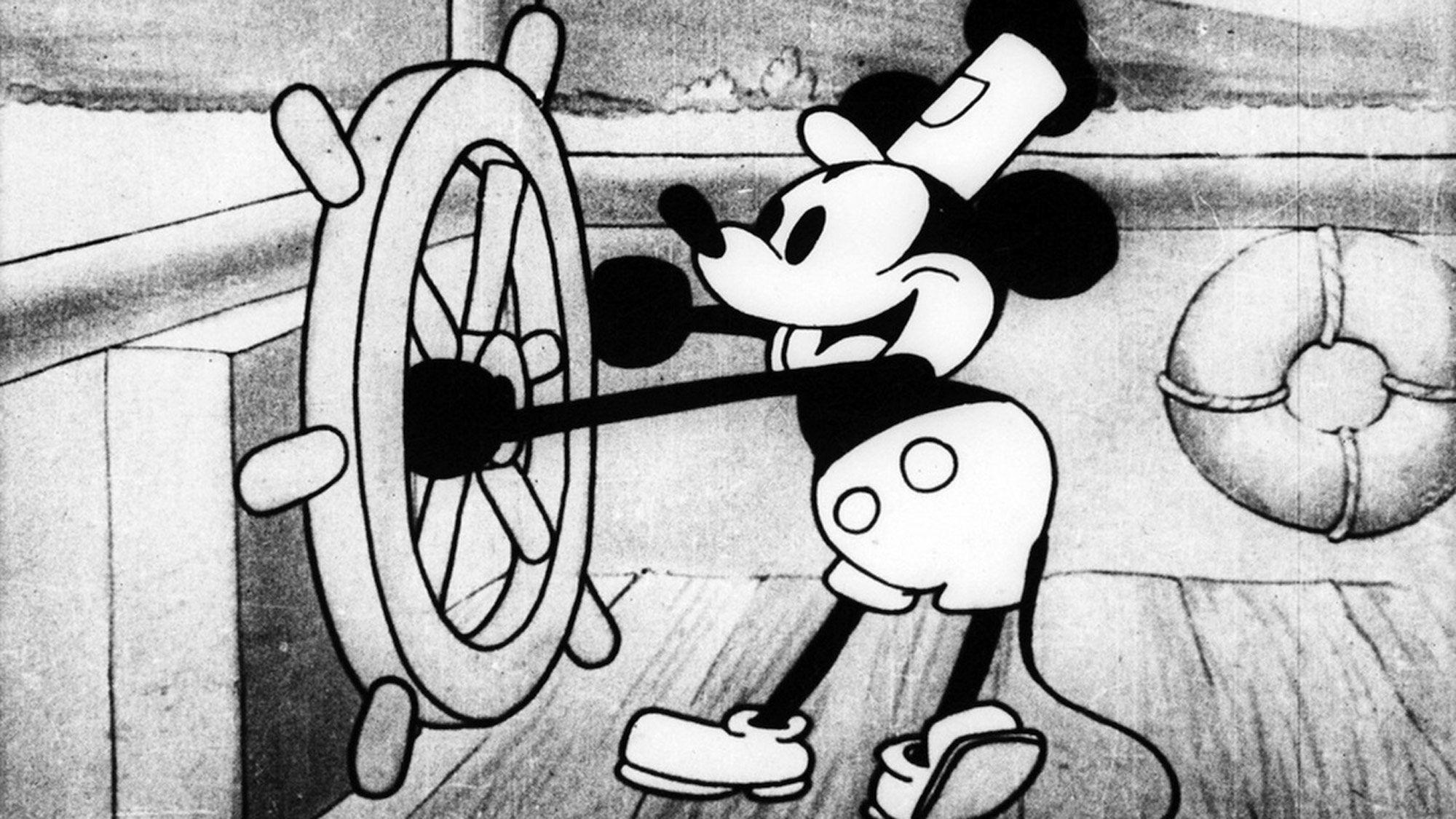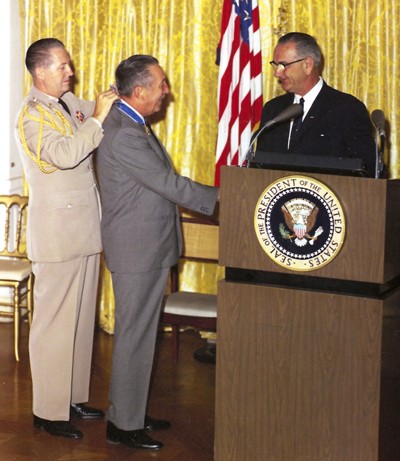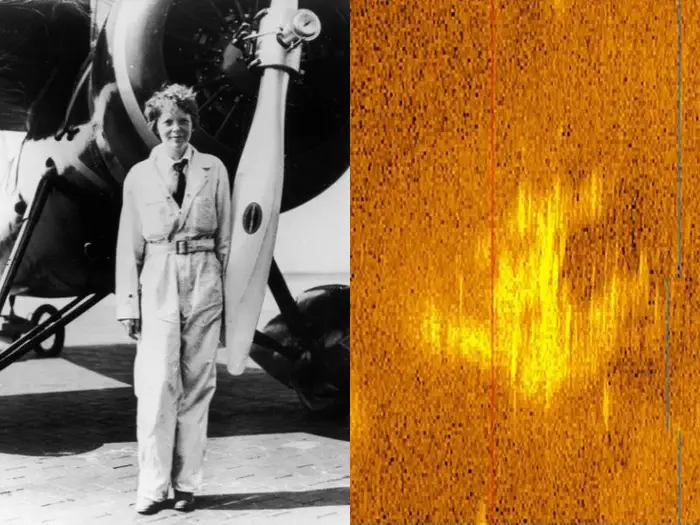100 years ago, a pre-fame 21-year-old Walter Elias Disney (known mainly as Walt) and his older brother Roy founded the Disney Brothers Studio on Oct. 18, 1923.
In the century since, that company, now called the Walt Disney Company, has expanded exponentially. From its humble beginnings, media empire, controversies, to its revolutionary impacts on the entertainment industry, Disney has changed entertainment.
Once Upon a Time
Walt Disney grew up fostering a passion for art. In particular, he was fascinated by the newly rising medium of animation.
With the rise of the movie industry, specifically film projection technology, artists could now display frames of animation in chronological sequence so fast that it created the illusion of movement.
As a young adult, Disney transitioned from his occupation as a cartoonist to taking contracts for early animation projects in Kansas City. His first long-term project was a 12-part animated series called, “Newman’s Laugh-O-Grams”.
During his time as an up and coming animator, Disney made a routine trip on a train from New York City to Los Angeles, where he came up with the idea of a character called Mortimer Mouse. His wife Lillian suggested he change the name to something less formal. Hence, Mickey Mouse was born.

After a few years working under superiors, Disney aspired to channel his creativity into his own productions. He moved to California with his brother, Roy, and rented a small office for their new independent studio for $10 a month. Walt was the creative mastermind behind their projects, while Roy handled the logistical and financial aspects of running their business.
Throughout the “Roaring 20s”, when Americans sought out novel forms of entertainment and recreation, the Disneys’ company rapidly expanded to meet the public’s demands. This was seen through construction on the Disney Studio, and added employees such as Walt’s animation colleague, Ub Iwerks.
Shortly after, the combination of technologists and artists at Disney made a breakthrough in animation. Building on the Phonofilm technology developed by inventors, Lee de Forest and Theodore Case, the company produced “Steamboat Willie” in 1928. It was the first ever animated short film to feature synchronized sound along with the visuals, virtually ending the era of silent films.

Just as important was the official debut of the Mickey Mouse character along with the film, “Plane Crazy” of the same year. Similar shorts soon followed, introducing audiences to other beloved characters such as Donald Duck, Minnie Mouse, and Goofy.
When the Great Depression dealt a knockout punch to the American economy and morale, Disney’s films became a source of escapism and joy in times of despair. It created a market for merchandise based off of the Disney brand. Teaming up with the company Ingersoll, the first Disney merchandise, a Mickey Mouse watch, was made available to the public in 1933.

The newfound interest in Disney’s animations led to the release of “Snow White and the Seven Dwarves” in 1937, the first feature length animated film. It raked in $8 million at the worldwide box office, becoming the highest grossing movie of all time. Across its several releases in theaters, and adjusted for inflation, the film is a $1.5 billion hit.
Because of its success going so far as to revolutionize Hollywood, the British Film Institute classifies 1937 as the beginning of Disney’s “Golden Age”.
The “Golden Age” and Beyond
Though the “Golden Age” is undoubtedly a positive moniker, it was also the stage for some of the company’s most prominent controversies.
As World War II raged on, Americans were starved for optimistic entertainment. Unionized Disney workers in 1941 were overworked to fulfill the demand, and went on strike for three months, the first of many controversies over Disney’s treatment of its employees.

Moreover, Disney himself has a tainted legacy by rampant accusations of anti-semetic, fascist and racist attitudes which some posit bled into the contents of his films.
In spite of obstacles, the company continued its tear at the box office and on television screens, including its first endeavors in live action filmmaking with “Treasure Island’ in 1950 and television special “One Hour in Wonderland” that same year.
The 1950s was also host to one of Disney’s crowning achievements; Disney expanded its entertainment enterprise into the amusement park industry, revolutionizing the market with the founding of Walter Elias Disney (WED) Enterprises, now known as Walt Disney Imagineering in 1952.
The company developed technologies and attractions, allowing for the opening of Walt Disney Land in Anaheim, California on July 17, 1955, a theatrical family-focused tourist destination dubbed with the nickname “The Happiest Place on Earth”.
It was another soaring success for the company, though it has since faced criticism over safety concerns, outdated concepts, and harms to the area’s economy.
10 years later, on Nov. 15, 1965, Disney announced Walt Disney World, a location which would have multiple distinct theme parks, including a remix of DisneyLand California in Magic Kingdom and an innovative exhibition of American sciences and industry called the Experimental Prototype Community of Tomorrow (E.P.C.O.T).
Walt Disney died of lung cancer on Dec. 15, 1966. The iconic film producer and entrepreneur’s complicated legacy remained revered for most of the time since his passing, with criticisms of his character and actions arising with cultural shifts in the 21st century.
Despite this, Disney’s list of accomplishments is near endless. In 1964, President Lyndon Johnson awarded him the Presidential Medal of Freedom, the centerpiece of his many accolades including 22 Academy Award wins and 59 nominations, the most for any individual.

Following Walt’s death, power in the company was continuously held by the Disney family until 1984 when executive Michael Eisner became Chief Executive Officer and Board Chairman of the company.
During this period, the company saw record shattering merchandise sales, rising stock prices, the opening of E.P.C.O.T in 1982 and Tokyo Disneyland in 1983, as well as the launch of the Disney Channel television network later that year.
Under Eisner’s tenure, 22 Disney stores opened across North America beginning in 1987, and the Disney Parks continued to expand with the park now known as Hollywood Studios in Florida as well as Disneyland Paris.
Though strides were made, the period was not as fruitful or impactful for the company, as previous decades until the iconic Disney Renaissance of the 1980’s and 1990’s.
With the creative vision of animators and musicians Howard Ashman and Alan Menken, Disney released a streak of iconic animated musicals beginning with “The Little Mermaid” in 1988 and concluding with “Tarzan” in 1997, among which are some of the most highly regarded children’s films in history.
While 2D animations reached its peak success, Disney began its partnership with Pixar, which gave rise to 3D animated films such as “Toy Story”, the first of its kind.
As the company approached the 2000s and Eisner’s reign at the head of the company came to a close, the ever-expanding media empire still held untapped potential.
A Mickey Mouse Monopoly
Following the dawn of the new millennium, the Walt Disney Company became the second largest media conglomerate in the world only behind Comcast, with a total of $147.16 billion in market value.
Since 2005, when Robert Iger took control, the company made multi-billion dollar deals acquiring Marvel Studios, Lucasfilm Limited, Pixar, 20th Century Fox, and all their respective franchises and merchandising rights. It dominated the box office year after year. The top five highest grossing films of all time are all owned by Disney. Iger’s relentless strategy made it the most dominant force in entertainment.
Likewise, Disney’s vacation-based entertainment revenues streams expanded with the opening of its luxury cruise line in 1998.
Its latest endeavor is its arrival in the so-called “streaming wars” in 2019 with the launch of Disney+, which has amassed 146.7 million subscribers.
The company has expanded to such an astronomical size that its multimedia empire continuously faces criticism for predatory business practices, lobbying elected officials and protecting their corporate interests with an iron grip.
All the while, the company continues to fall under scrutiny for its depiction of social issues and underhanded tactics in its relations to actors, writers, and others involved in the creative process.
Only time will tell if Disney can rebound from the darker parts of its past and continue its impact on so many, but its co-founder Walt expressed his own thoughts as he reflected on his media empire, just as the current world now reflects on 100 years of Disney.
“I only hope that we never lose sight of one thing,” said Disney, “that it all started with a mouse.”






